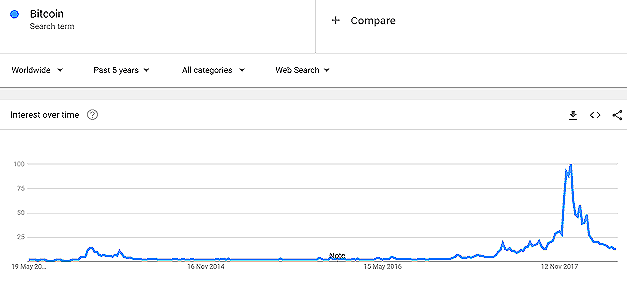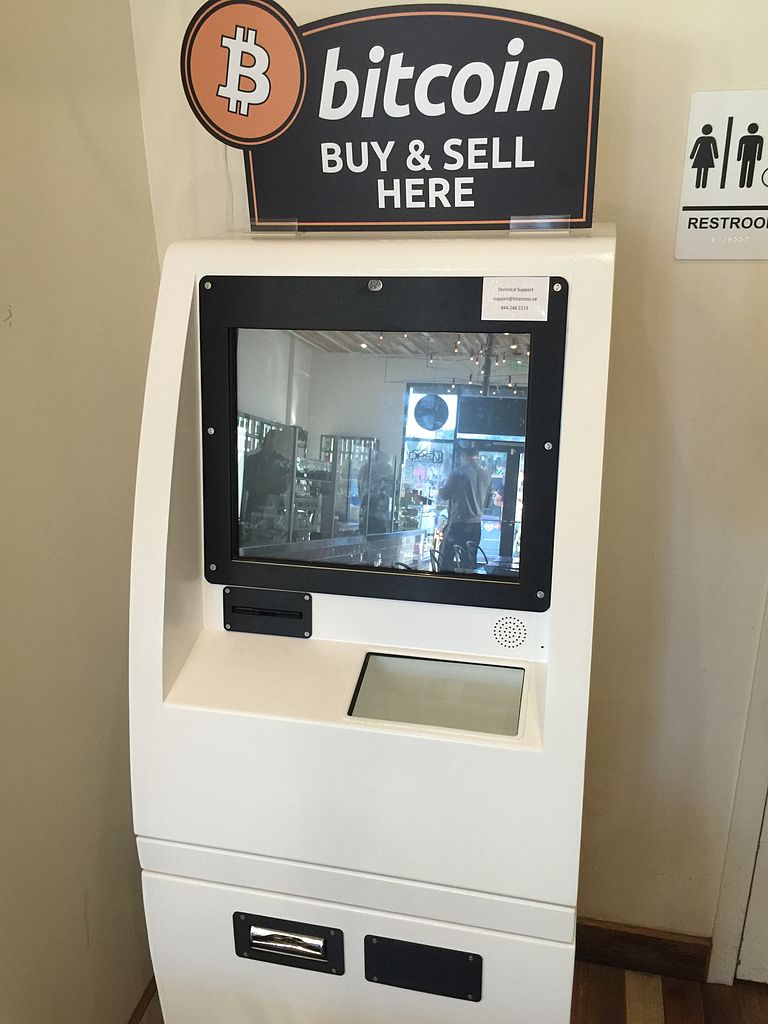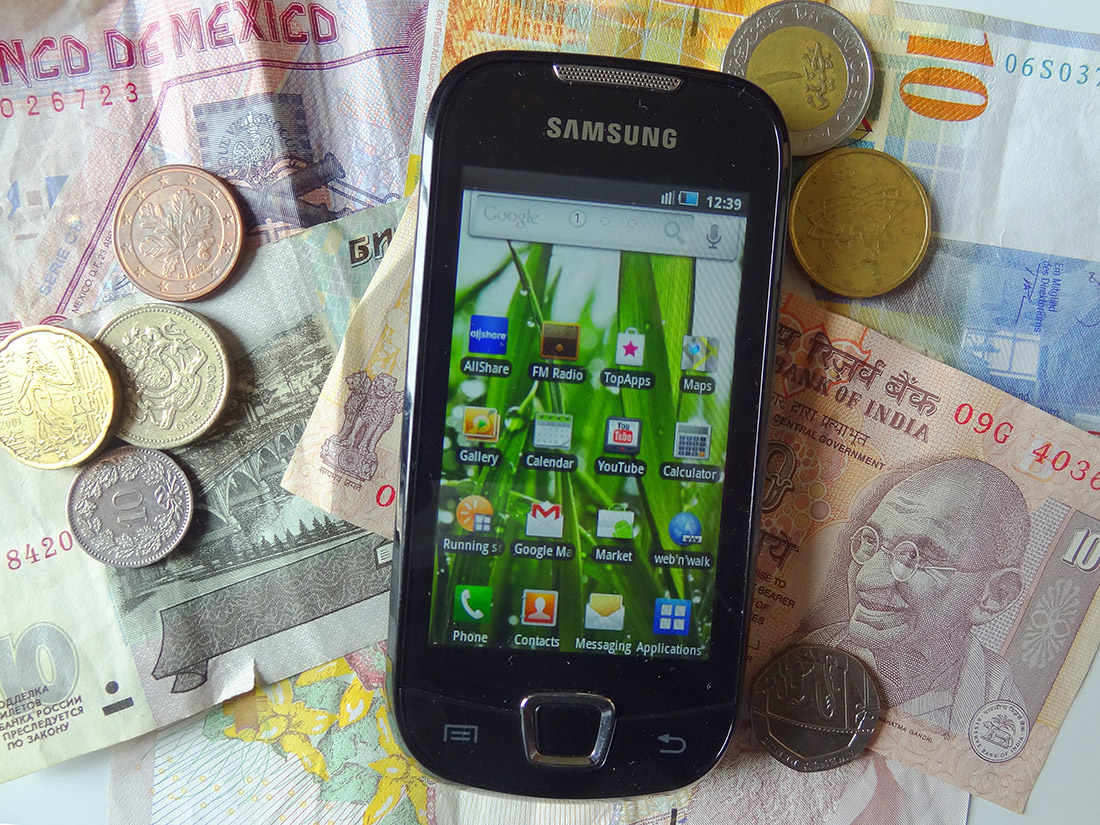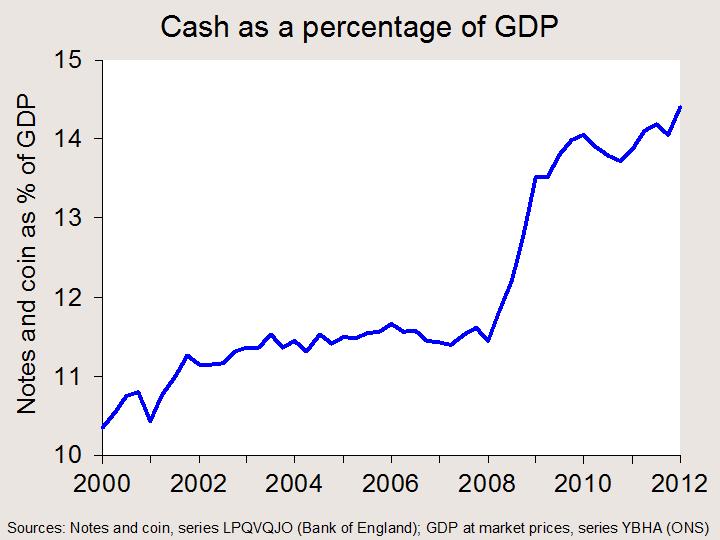 How much do you know about cryptocurrencies? Even if you don’t know much you are very likely to have heard about the most popular member of the family: Bitcoin. Bitcoin (BTC) has been around for some time now (see the blog Bubbling Bitcoin). It was first released in 2009 by its inventor (the mysterious Satoshi Nakamoto, whose real identity still remains unknown), and since then it has gradually increased in popularity.
How much do you know about cryptocurrencies? Even if you don’t know much you are very likely to have heard about the most popular member of the family: Bitcoin. Bitcoin (BTC) has been around for some time now (see the blog Bubbling Bitcoin). It was first released in 2009 by its inventor (the mysterious Satoshi Nakamoto, whose real identity still remains unknown), and since then it has gradually increased in popularity.
According to the Bitcoin Market Journal (a specialised blog, commenting on trends in digital currencies – primarily Bitcoin), there are currently about 29 million digital wallets holding at least 0.001 BTC, although some individual users may own multiple wallets.
Although BTC is the most popular digital currency (and the first one to become widely recognisable), it is certainly not the only one. There are currently more than 400 recognisable cryptocurrencies traded in special digital exchanges (twice this number if you count smaller, less successful ones) with a total capitalisation of $700 billion at its peak (January 3, 2018) – although since then the market has lost a significant part of this value (but it’s still worth 100s of billion of US dollars).
If you have heard about Bitcoin before, chances are you first searched for it sometime between December 2017 and January 2018; that is when the value of Bitcoin soared to $20 000 a piece. A search on Google Trends (a Google utility that shows how many people have searched over a period of time for a certain term – in this case “Bitcoin”) shows this very clearly.

So what do people do with Bitcoin and other cryptocurrencies? The truth is that the majority of users use them for speculative purposes: they buy and sell them, in the hope of making a profit. Due to its extreme volatility (it is very common for the price of the larger cryptocurrencies to fluctuate by 10–20% daily) and the unregulated nature of the cryptocurrency market, it is hardly surprising that most users treat them as very high-risk commodity. This is also why digital currencies tend to attract attention (and new users) when their price soars.
However, cryptocurrencies are not only used for speculation. They can also be used to facilitate transactions. Indeed, according to Wikipedia, there are currently more than 100 000 merchants accepting BTC as a form of payment (online or offline with wallet readers). Financial technology (‘Fintech’) is catching up with this market and some new companies try to compete with the traditional payment networks (Mastercard, Visa and others) by launching plastic cards linked with crypto-wallets (primarily Bitcoin).
Santander bank has expressed an interest in exploring this market further. It is certain that if the market for cryptocurrencies keeps growing at this pace, there will be a lot more challenger fintech firms launching new products that will make it easier to use digital currencies in everyday life.
 Cryptocurrencies, therefore, are likely to have a significant impact on the way we pay for our transactions. They can be used to lower transaction costs (e.g. by simplifying the process of sending money abroad), speed up the processing of payments, facilitate microfinancing and transactions in some of the poorest places on earth – where the closest bank may be 50 miles away or further from where people live).
Cryptocurrencies, therefore, are likely to have a significant impact on the way we pay for our transactions. They can be used to lower transaction costs (e.g. by simplifying the process of sending money abroad), speed up the processing of payments, facilitate microfinancing and transactions in some of the poorest places on earth – where the closest bank may be 50 miles away or further from where people live).
But there is a dark side to these products. They have been linked to tax-evasion for instance, as many people who trade digital currencies fail to declare capital gains to national tax authorities. They can be used to overcome capital controls and other restrictions imposed by national governments (the case of Greece comes to mind as a recent example).
They have also been blamed for facilitating illegal trading activities, such as in drugs and weapons, due to the anonymity that some of these coins are thought to offer to their users – although quite often they are much easier to trace than their users believe.
Cryptocurrencies do have the potential to change the way we live. They also have the potential to become the biggest Ponzi scheme in the history of mankind.
Over the next few months, I will write a number of blogs to explore the literature on the economics of cryptocurrencies, and discuss some of the major challenges that needs to be overcome if this technology is to become mainstream.
Articles and information
Questions
- How much do you know about Bitcoin and other cryptocurrencies? When did you first find out about them and what triggered your interest?
- Would you be willing to accept payment in BTC? Why yes? Why no?
- Identify five ways in which the use of cryptocurrencies can benefit or damage the global economy.
 Will we soon live in a world without cash? More and more payments are being made electronically: whether by credit card or debit card, or by direct debit or bank transfer, or by cash loaded cards. For many people cash is now largely used only for small transactions.
Will we soon live in a world without cash? More and more payments are being made electronically: whether by credit card or debit card, or by direct debit or bank transfer, or by cash loaded cards. For many people cash is now largely used only for small transactions.
But even here, things are changing. Direct transfers via mobile phone apps are increasingly being used for small transactions. Mobile phone companies, banks and others are busy developing such apps and more and more are being released onto the market.
And it’s not just in developed countries. Many developing countries are finding that mobile phones are an ideal way of transferring money for a whole range of transactions. For example, in Kenya, under 20% have a formal bank account, only 1% have a landline and yet more than 70% have a mobile phone, and this percentage is still rising. In 2007, a system known as M-Pesa (see also) was launched:
The user can create a free account and deposit money into it for free with registered agents at retail outlets. They may be gas stations, supermarkets, banks or micro-finance providers or small and medium-sized businesses. No minimum account balance is required.
The user can then transfer up to $440 from the account to someone else — including someone who doesn’t have a cellphone. The recipient provides identification and picks up the cash from another registered agent.
Users can deposit and withdraw cash, pay water and electricity bills, pay their children’s school fees, get paid by their employers or buy extra airtime for their phone.
Other developing countries are introducing similar systems. The second webcast link below gives an example from South Africa.
So how long will it be before cash disappears as a medium of exchange? Or will people continue to prefer to carry cash around with them – especially given the convenience of having cash machines readily available which do not charge for use.
Webcasts
 Life in a cashless society BBC News Magazine, David Wolman (14/6/12)
Life in a cashless society BBC News Magazine, David Wolman (14/6/12)
 FNB Introduces Cashless Payment App ABNDigital on YouTube (14/5/12) (see also FNB launches new geo-payment system IT News, Africa
FNB Introduces Cashless Payment App ABNDigital on YouTube (14/5/12) (see also FNB launches new geo-payment system IT News, Africa
 PayPal leads mobile payments push Reuters (4/6/12)
PayPal leads mobile payments push Reuters (4/6/12)
 Are We Moving Towards a Cashless Society? TheAlyonaShow on YouTube (14/3/12)
Are We Moving Towards a Cashless Society? TheAlyonaShow on YouTube (14/3/12)
Articles
More than 70 per cent of Canadians ready to go “cashless” CNW (13/6/12)
Is a cashless society on the way? Westfair Online, Janice Kirkel (18/5/12)
Mobile money misery BBC News, Rory Cellan-Jones (16/5/12)
Cellphones transform Kenyan commerce CBC News (27/10/10)
Chart

For a PowerPoint of the above chart, click here.
Questions
- What are the advantages and disadvantages of using cash?
- To what extent can mobile phone technology replace cash? What are the advantages and disadvantages of such technology?
- To what extent can mobile phone technology fulfil the various functions of money?
- Private-sector holdings of cash have been rising as a proportion of (nominal) GDP – see above chart. Is this consistent with a decreased use of cash? Explain.
- Why may mobile phone transactions be particularly useful in developing countries?
- What proportion of your own expenditure is conducted by cash? Has this changed over the past couple of years? If so, explain why.
The origins of all economic activity lie in barter. Barter is the exchange of goods directly without the use of money as a medium of exchange. A barter economy is one that uses just barter to organise economic activity. Many subsistence economies will use barter as the main method of trading. We might be forgiven for thinking that, given the sophistication of a modern economy, barter is a long-dead medium of exchange. As the article below shows, we would be wrong. In fact, ironically, the very sophistication that has brought us this economic growth and technical development may also be bringing barter back into fashion. There is a wide range of web sites dedicated to swapping goods and services. Seedy People may not be a website you would immediately think of visiting, but in fact, it is an exchange for gardeners and allotmenteers to swap seeds. The author of the article (John-Paul Flintoff) may have failed to pay his council tax through bartering, but in these cash-strapped times, there may be lots of other opportunities to bypass the conventional market economy.
Money is dead – long live barter Times Online (11/1/09)
Questions
- Identify two weaknesses of organising economic ativity through barter.
- Explain why barter may be coming back into fashion.
- Identify the various functions of money.
- Discuss the implications for economic efficiency of more economic activity being organised through barter.
The death of cash has long been forecast, but not yet happened, but is it the case that the next generation technology may finally sound the death knell? With the advent of prepaid cards (e.g. Oyster card in London), payment by mobiles and the continuing growth of ‘plastic’, it may be that cash is on an inexorable downward slide. The articles below look at a range of issues around the possible death of cash (and the introduction of the £20 note with Adam Smith on it).
Why I hate sticky electrons BBC News Online – Robert Peston Blog (19/2/07)
Cash used to be king, but now we pay for paying up Telegraph (9/2/07)
March launch for Smith £20 note BBC News Online (21/2/07)
A cash call The Economist (subscription) (15/2/07)
Questions
| 1. |
Explain the main functions that any form of money has to fulfil. |
| 2. |
Assess the extent to which smartcards (like the Oyster card) can fulfil these functions of money. |
| 3. |
Discuss the implications for the level of consumer spending of increased use of cash substitutes. |
 How much do you know about cryptocurrencies? Even if you don’t know much you are very likely to have heard about the most popular member of the family: Bitcoin. Bitcoin (BTC) has been around for some time now (see the blog Bubbling Bitcoin). It was first released in 2009 by its inventor (the mysterious Satoshi Nakamoto, whose real identity still remains unknown), and since then it has gradually increased in popularity.
How much do you know about cryptocurrencies? Even if you don’t know much you are very likely to have heard about the most popular member of the family: Bitcoin. Bitcoin (BTC) has been around for some time now (see the blog Bubbling Bitcoin). It was first released in 2009 by its inventor (the mysterious Satoshi Nakamoto, whose real identity still remains unknown), and since then it has gradually increased in popularity.
 Cryptocurrencies, therefore, are likely to have a significant impact on the way we pay for our transactions. They can be used to lower transaction costs (e.g. by simplifying the process of sending money abroad), speed up the processing of payments, facilitate microfinancing and transactions in some of the poorest places on earth – where the closest bank may be 50 miles away or further from where people live).
Cryptocurrencies, therefore, are likely to have a significant impact on the way we pay for our transactions. They can be used to lower transaction costs (e.g. by simplifying the process of sending money abroad), speed up the processing of payments, facilitate microfinancing and transactions in some of the poorest places on earth – where the closest bank may be 50 miles away or further from where people live). 

